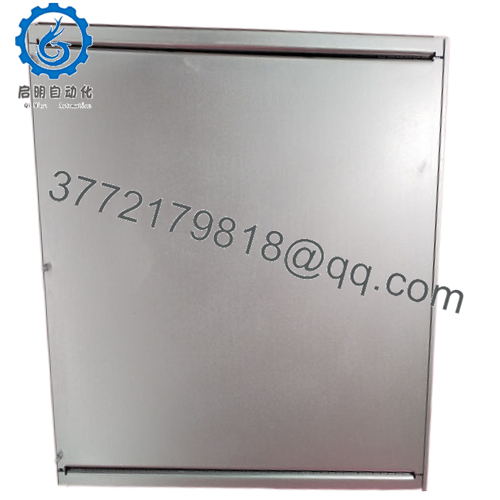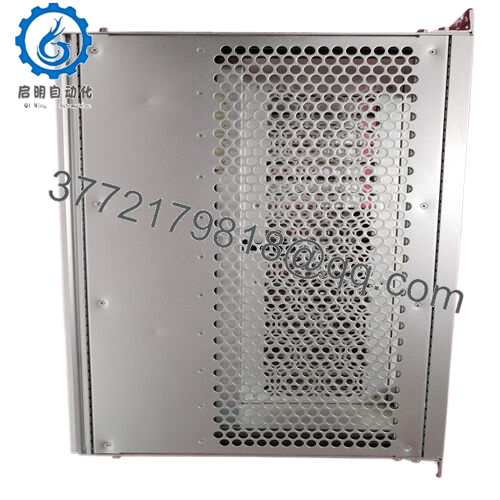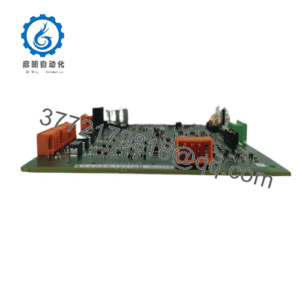Description
The ALSTOM DPU.1 029 typically functions as a control or communication interface module that supports complex automation tasks within larger systems like the Alstom Cobalt or similar power and signaling platforms. It may include features like digital and analog input/output handling, signal processing, and system diagnostics, making it suitable for safety-critical environments such as railway signaling networks, power plant automation, or large-scale industrial automation. These modules usually operate under strict standards for reliability, fault-tolerance, and environmental resilience, including ambient temperature ranges, electromagnetic compatibility, and vibration resistance—requirements critical for mission-critical applications.
- DPU.1 029
Given its application range, the ALSTOM DPU.1 029 module is designed to integrate seamlessly with Alstom’s broader control systems, providing vital data exchange, system monitoring, and response actions. Its robust construction, support for industrial communication protocols, and ability to withstand harsh environmental conditions make it an essential component for engineers tasked with ensuring operational safety, system stability, and compliance in infrastructure projects involving energy, transportation, and industrial automation sectors.



 WhatsApp: +86 16626708626
WhatsApp: +86 16626708626 Email:
Email:  Phone: +86 16626708626
Phone: +86 16626708626


